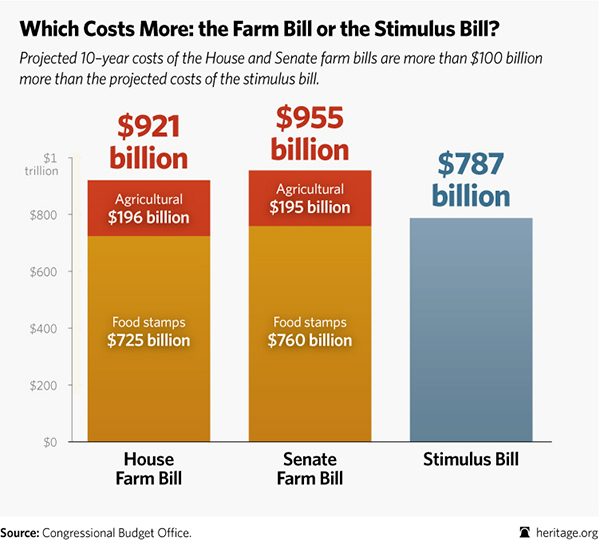 Food stamp enrollments have remained over 47 million for an unprecedented 13 consecutive months.
Food stamp enrollments have remained over 47 million for an unprecedented 13 consecutive months.
According to the most recent figures available from the United States Department of Agriculture (USDA), which oversees the food stamp program, in August 2012, 47,102,765 individuals were enrolled in the program, known officially as the Supplemental Nutrition Assistance Program (SNAP). Enrollments never fell below 47 million in subsequent months and as of August 2013 stood at 47,665,069, representing nearly one out of every seven people in America.
Recent years have seen an explosion in food stamp enrollments. Since January 2009, the number of individuals on food stamps has skyrocketed from 31.9 million to 47.6 million.











